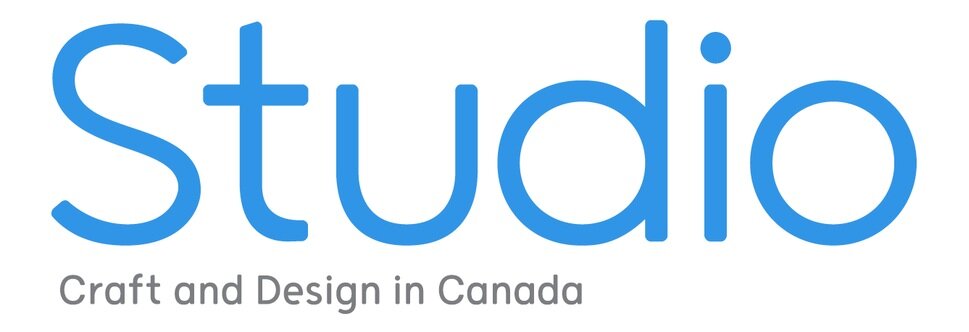Mask Making
There is a lot of pressure on sewists right now to create homemade PPE. Suddenly that strange hobby of ours is in high demand! But is it being recognised as a skill, and compensated as such? As a sewist and as the lead organiser of an international community of 25K sewists called The Sewcialists, the simple answer is no. Sewing is traditionally undervalued as women's work, and the skills, materials, time and effort it costs go unseen.
Frankly, I'm pissed. And scared, of course, and therefore doing my part by sewing masks for friends, family and the local hospital. I'm angry that the government didn't have enough equipment stockpiled and concerned that two months into social distancing, there still isn't enough commercially produced protective equipment for hospitals. If what we provide is so crucial, why isn't it paid work with quality control?
““Sewing is traditionally undervalued as women’s work, and the skills, materials, time and effort it costs go unseen.””
Mask production by Meg @cookinandcraftin in Burlington, Vermont for the city coordinated Community Mask Initiative.
Judging from the responses from the sewing community on The Sewcialists, I'm not the only one with deeply mixed feelings. Sewcialists is a "sewing blog for everyone" where we explore diversity and identity in the sewing community along with hosting quarterly theme months. I've been running it since 2013, and we are proud to be volunteer-run and thriving after all these years! Once the epidemic started, we created a hashtag #sewstayhome and started discussing our quarantine experiences.
The Sewcialists and I were featured in an ad series about "changemakers" last year, created by our blog platform, Wordpress.
In April, we asked our community, “What is it like sewing masks and PPE?” The answers were varied, from "I've sewn a thousands for donation" to "I'm selling them to make ends meet", from "the stress of it makes me sick" to "I make them because I'm in a hot spot and I'm afraid for our lives". Almost everyone felt frustration and anxiety over making masks, whether they chose to sew PPE or not. Overwhelmingly what we heard in the discussions was "I thought I was alone in how I felt". That is why I think it is critical that discussions of home sewing during a crisis include the bad along with the good.
If you want to read more of our posts about #sewstayhome, check out our "Scientist's Thoughts on DIY Masks" and "Stay Home (And Sew?) In Italy".
““My fabric, time and energy all cost me dear, especially when every part of my life was turned upside down by working from home, social distancing and uncertainty.””
Personally, I spent weeks feeling anxious before sewing my first mask. I knew it had to be done, that it was the responsible choice, but I dreaded turning my sewing haven into a production line. My fabric, time and energy all cost me dear, especially when every part of my life was turned upside down by working from home, social distancing and uncertainty. Once I started making masks it wasn't so bad, but it still impacts my mental health. I balance it out by making a hopeful wardrobe for when this isolation ends.
Whatever decision you make about sewing PPE, please know that you aren't alone if you have mixed feelings. There is no right or wrong thing to do, and every person's situation is different. I hope that soon commercial production will meet demand, or that if the need for homesewn equipment is permanent, at least we start seeing paid work with well-researched patterns and fabrics. It is what is best for sewists, and best for the safety of everyone.
Logo for TheSewcialists.com, a volunteer-run sewing community for everyone.
Communiqués is a new and ongoing series providing first-person perspectives on how the craft and design community is thinking about, responding and adapting to the current coronavirus pandemic and the ways in which it is reshaping our lives, activities and relationships. To discuss this piece, head over to our Instagram, Twitter, and Facebook pages. If you’re interested in contributing, please drop us a line at pitches@studiomagazine.ca with the subject line “Communiqués.” For more content from Studio Magazine, subscribe to our newsletter.






